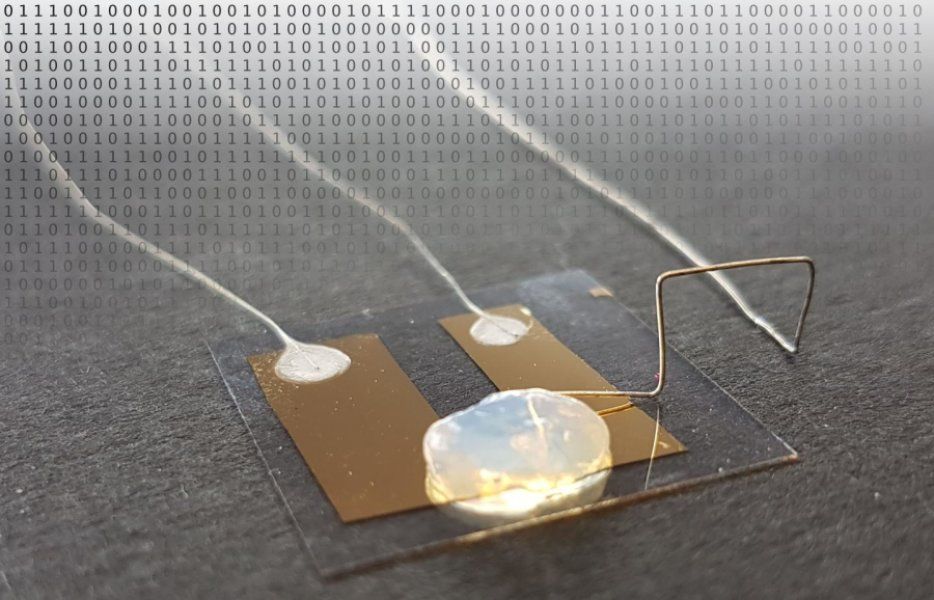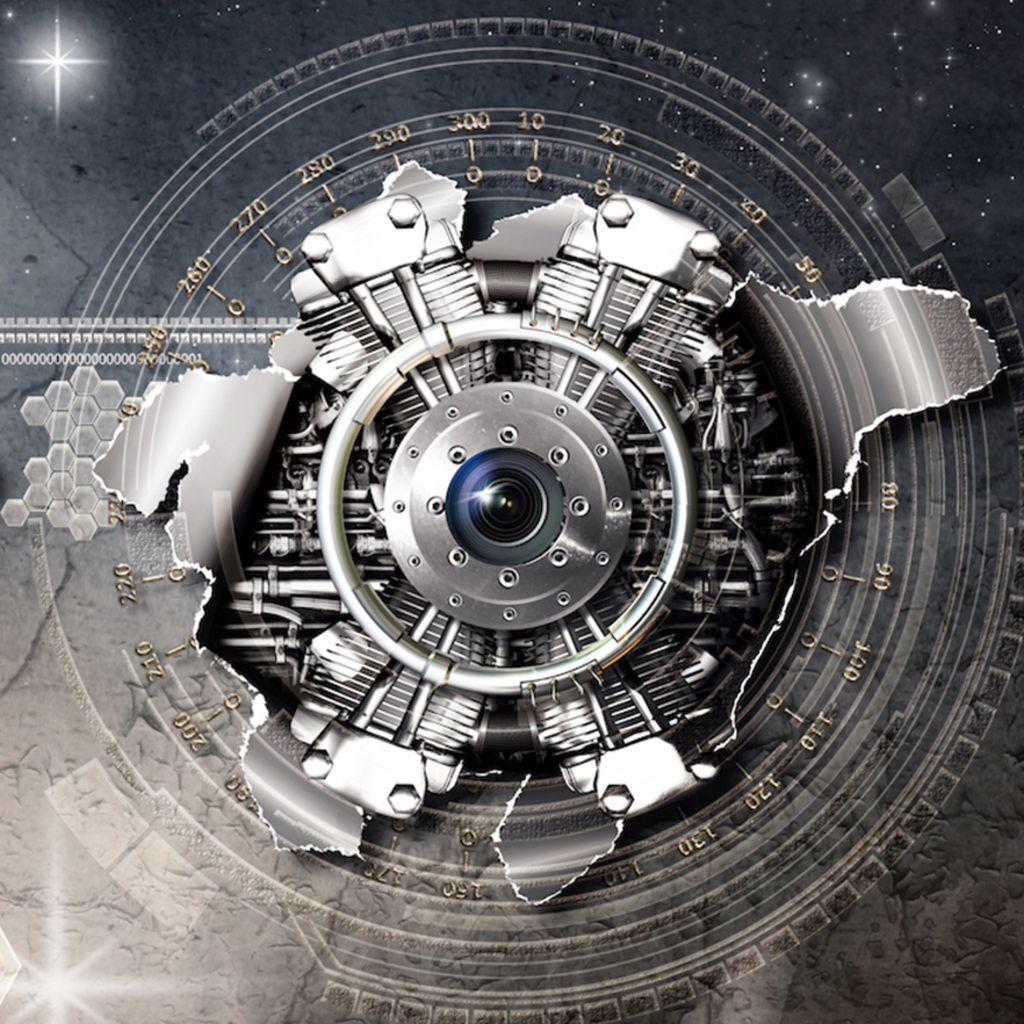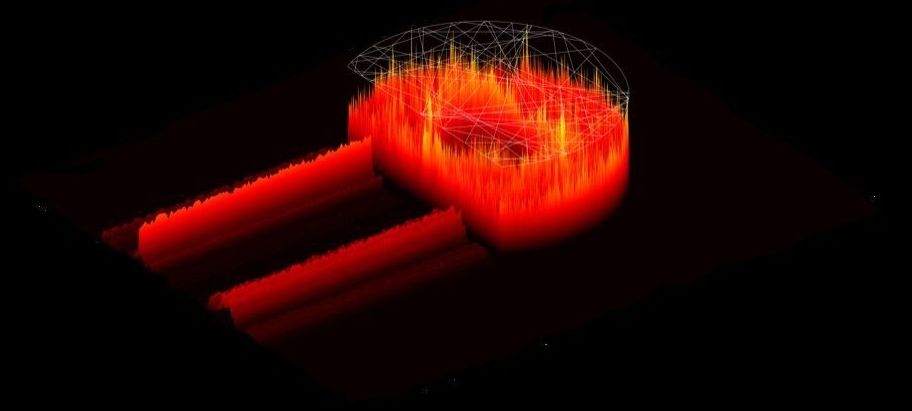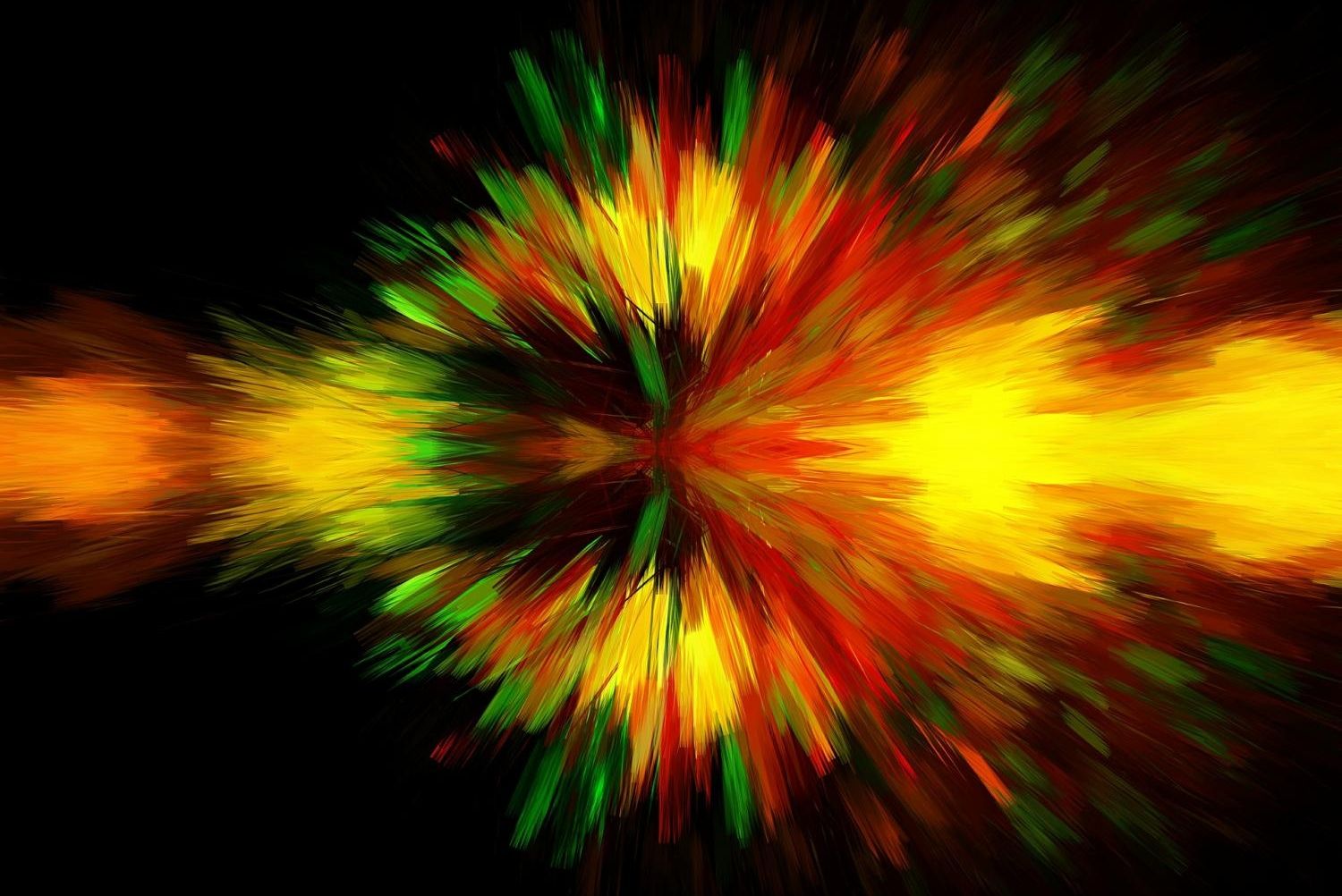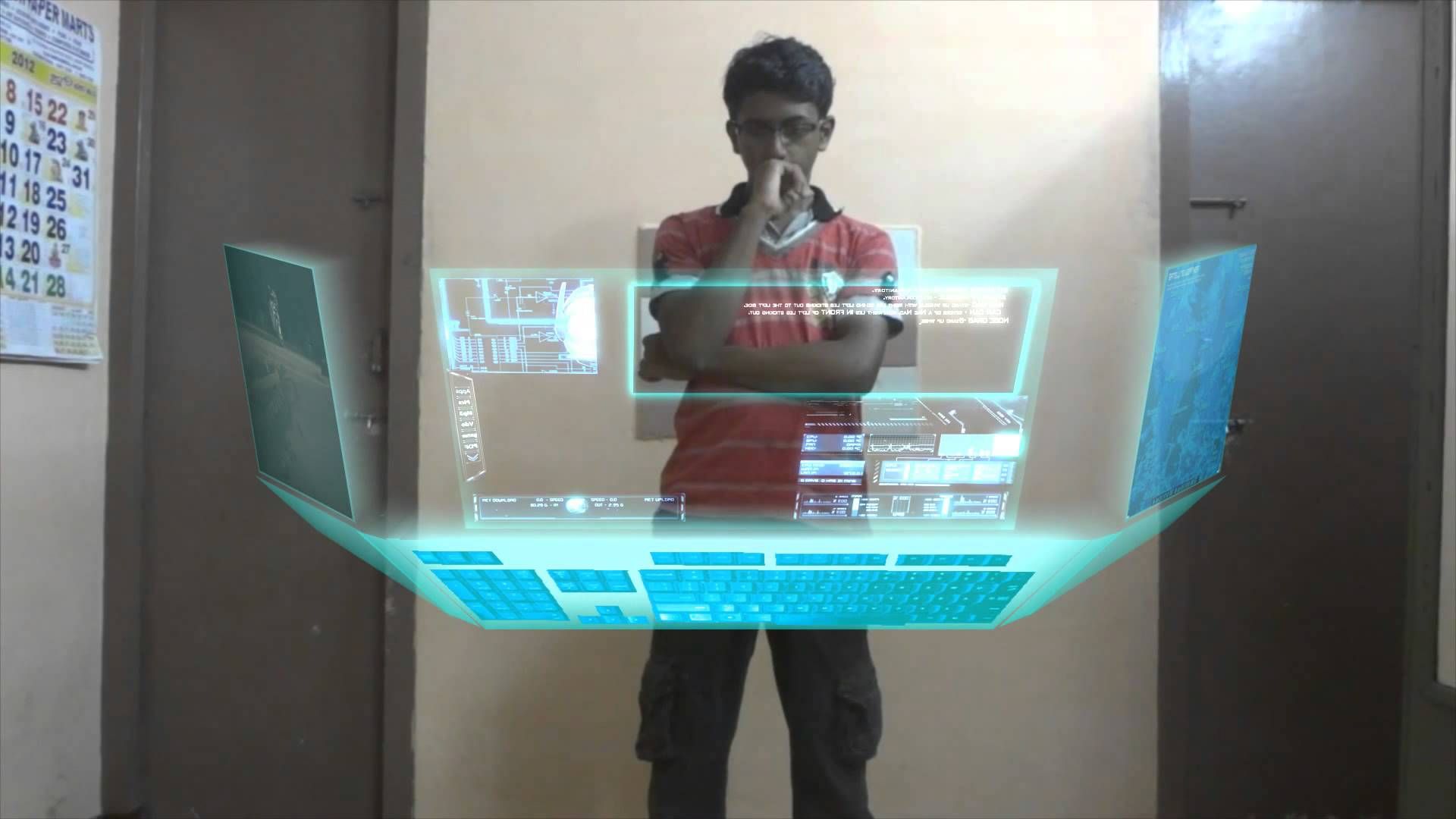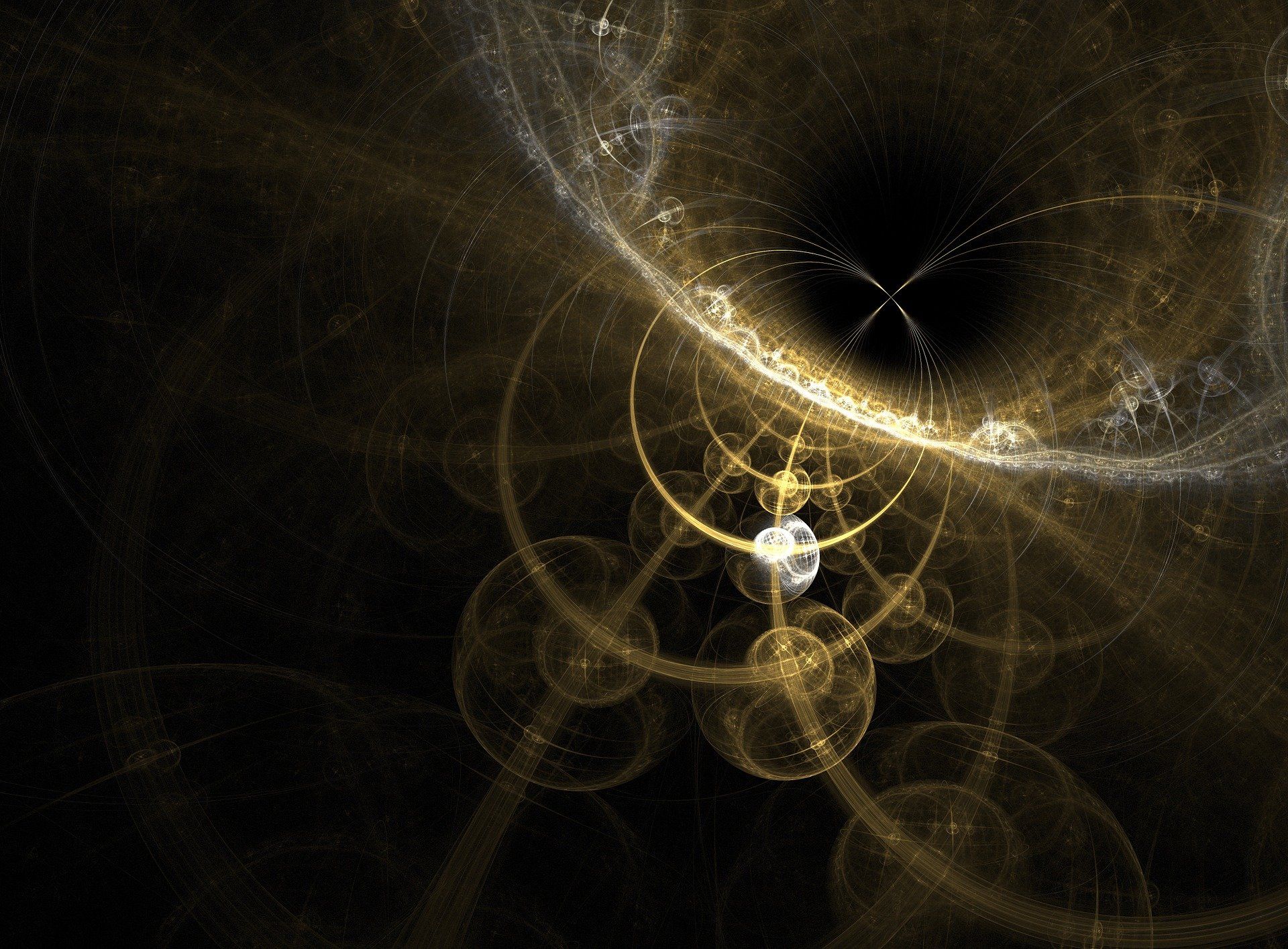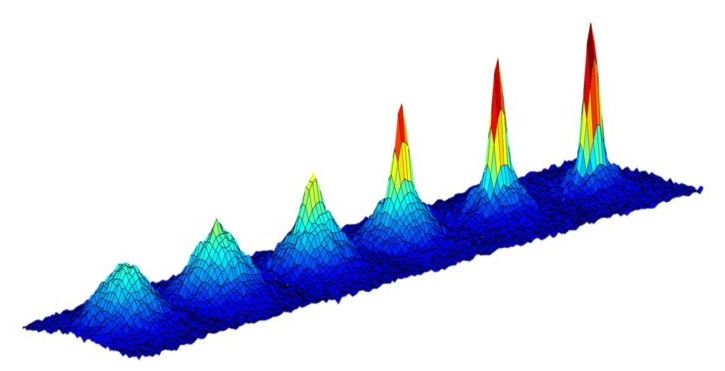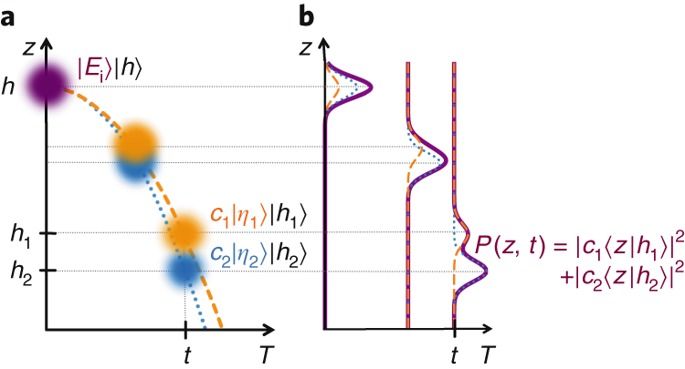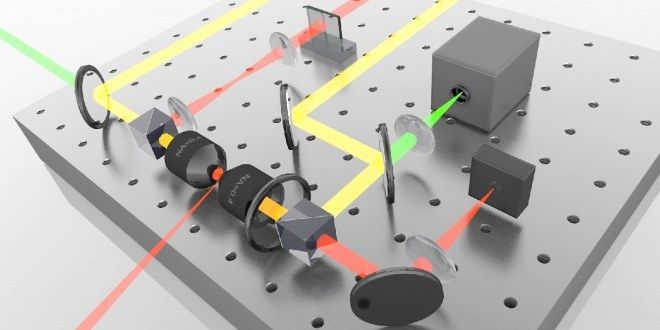Archive for the ‘quantum physics’ category: Page 666
Aug 18, 2018
With Q#, Microsoft is throwing programmers the keys to quantum
Posted by Klaus Baldauf in categories: computing, information science, quantum physics
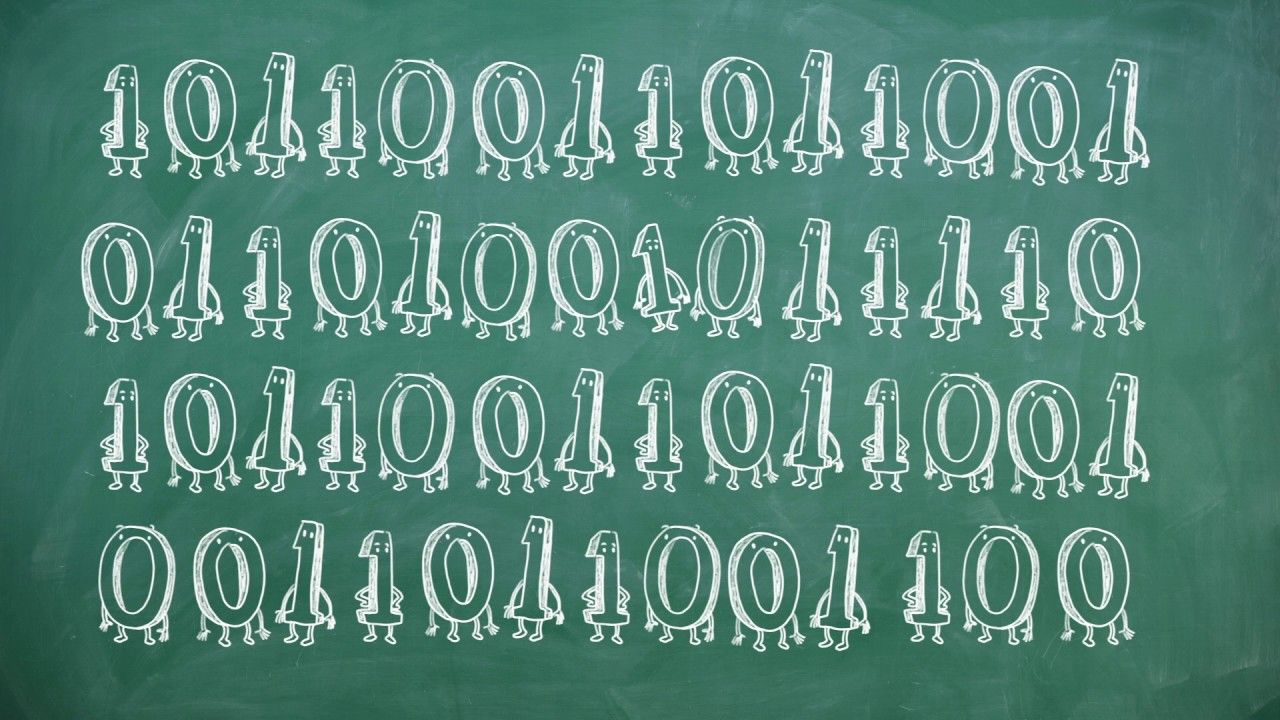
Quantum computers aren’t yet practical, but Microsoft has already developed a programming language for them. Q# works inside Visual Studio, just like most other languages, and could offer aspiring programmers a chance to learn the basics of quantum physics through trial-and-error.
Aug 17, 2018
A step closer to a theory of quantum gravity
Posted by Genevieve Klien in category: quantum physics
Physicists reveal a new approach to resolving different predictions from relativity and quantum physics. Phil Dooley reports.
Aug 16, 2018
Physicists fight laser chaos with quantum chaos to improve laser performance
Posted by Genevieve Klien in categories: biotech/medical, quantum physics
To tame chaos in powerful semiconductor lasers, which causes instabilities, scientists have introduced another kind of chaos.
High-powered semiconductor lasers are used in materials processing, biomedical imaging and industrial research, but the emitted light they produce is affected by instabilities, making it incoherent.
The instabilities in the laser are caused by optical filaments; light structures that move randomly and change with time, causing chaos. Removing these instabilities has long been a goal in physics, but previous strategies to reduce filaments have usually involved reducing the power of the laser.
Aug 16, 2018
Mapping the future direction for quantum research
Posted by Genevieve Klien in category: quantum physics
The way research in quantum technology will be taken forward has been laid out in a revised roadmap for the field.
Published today in the New Journal of Physics, leading European quantum researchers summarise the field’s current status, and examine its challenges and goals.
In the roadmap:
Aug 16, 2018
Hologram Computers
Posted by Genevieve Klien in categories: 3D printing, augmented reality, biotech/medical, entertainment, holograms, quantum physics, robotics/AI, science, security, space travel, virtual reality, wearables
Computing innovation, computer-generated images, Virtual Reality Glasses, Hybrid Reality, communications, Holographic platform, AR, VR, PC, lifelike experience, 3D cameras, cosmic computing, computer security, gaming displays, in-flight entertainment, computer code, Holographic ideal/paradigm, gaming mechanics, automotive, medical, space, spatial, holographic memory, Artificial Neural Networks, Robotics, holographic 3D, software company, mixed-realty, holographic data, hologram monitors, hologram keyboards, voice equipment, projector system, Holographic apps, HD photography, smartphones, tablets, TVs, laptops, digital displays, 360 Video, Virtual Realty Headsets, Mobile Platforms, holographic universe, ubiquitous computing paradigm, virtual images, Holoquad, Holographic Projector Pyramid, cloud computing, spaceships, teleportation, anti-gravity devices, emulation, advanced technology, light field displays, Mobile Hologram Technology, computer programs, untethered, Immersive Technology, Computer Chips, Elohim computer, custom software, mobile application development, computing library, human-computer interactions, Artificial Neural Networks, holographic memory, Spider-Robots, pop-up gaming displays, automate machinery, computer-generated simulation, 3D Pyramid, consumer electronics, personal computers, holographic images, real-world objects, hardware interconnection, missionary, virtual assistant, Computer Systems Structure, two-dimensional computer display, computerization, Projection Screen, Portable, 3D printer, Hologram goggles, 3D Holographic Projection Technology, Hologram Computer Table, hologram generator, multilevel computer, mixed reality, Bluetooth enabled, Virtual Reality Display, transparent screen display, quantum computer, computer animation, 3D plasma display, meta surface, Dark Energy, holographic interferograms, photorefractive, Holographic atomic memory, computer-generated hologram, real-time hologram, x-ray mirror mandrels, virtual wavefront recording plane, Artificial intelligence, AI, Human Resources, Advertising, Animation, Graphic Web Design, Photography, Robotics, computer science, human-robot interaction, Emergency Medical Hologram, wearable computing, bio-computing, battlefield simulations, Holographic Associative Memory, artificial neural network, Digital Avatar.
Aug 14, 2018
Researcher accurately determines energy difference between two quantum states
Posted by Genevieve Klien in categories: cosmology, particle physics, quantum physics
A kiwi physicist has discovered the energy difference between two quantum states in the helium atom with unprecedented accuracy, a ground-breaking discovery that contributes to our understanding of the universe and space-time and rivals the work of the world’s most expensive physics project, the Large Hadron Collider.
Our understanding of the universe and the forces that govern it relies on the Standard Model of particle physics. This model helps us understand space-time and the fundamental forces that hold everything in the universe in place. It is the most accurate scientific theory known to humankind.
But the Standard Model does not fully explain everything, for example it doesn’t explain gravity, dark matter, dark energy, or the fact that there is way more matter than antimatter in the universe.
Continue reading “Researcher accurately determines energy difference between two quantum states” »
Aug 14, 2018
Einstein’s equivalence principle updated with a dash of quantum
Posted by Genevieve Klien in category: quantum physics
Aug 13, 2018
Quantum formulation of the Einstein equivalence principle
Posted by Genevieve Klien in category: quantum physics
The physical conditions that support a geometric interpretation of spacetime, such as the equivalence between rest and inertial mass, are shown not to be necessarily valid in the quantum regime, and a quantum formulation is provided.
Aug 12, 2018
Quantum Microscope May Be Able to See Inside Living Cells
Posted by Genevieve Klien in categories: biotech/medical, quantum physics
By combining quantum mechanical quirks of light with a technique called photonic force microscopy, scientists can now probe detailed structures inside living cells like never before. This ability could bring into focus previously invisible processes and help biologists better understand how cells work.
Photonic force microscopy is similar to atomic force microscopy, where a fine-tipped needle is used to scan the surface of something extremely small such as DNA. Rather than a needle, researchers used extremely tiny fat granules about 300 nanometers in diameter to map out the flow of cytoplasm inside yeast cells with high precision.
To see where these miniscule fat particles were, they shined a laser on them. Here, the researchers had to rely on what’s known as squeezed light. Photons of light are inherently noisy and because of this, a laser beam’s light particles won’t all hit a detector at the same time. There is a slight randomness to their arrival that makes for a fuzzy picture. But squeezed light uses quantum mechanical tricks to reduce this noise and clear up the fuzziness.
